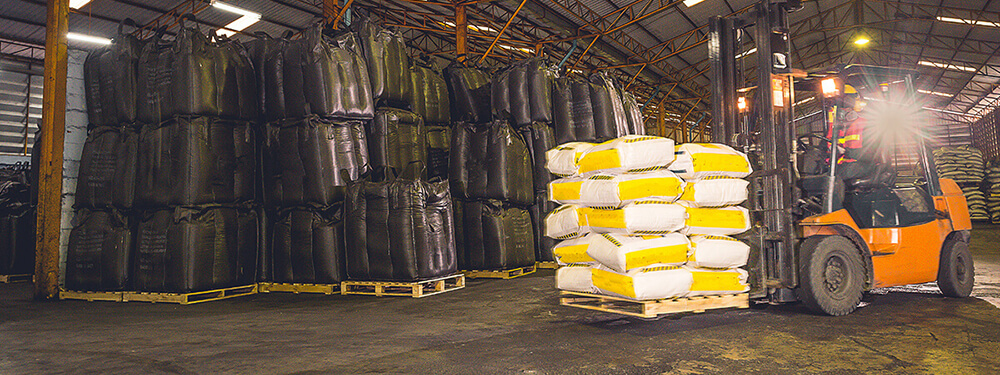Operational improvements double output and boost contribution margins by $5 million in a rapid turnaround. HR revamp rapidly fills job vacancies and dramatically reduces turnover.
At some point, as revenues grow, building extra inventory is not a sustainable strategy for overcoming chronic manufacturing issues. That was the situation for a growing manufacturer of consumer consumables that was steadily gaining market share.
To accommodate sales growth, in addition to extra inventory, the private equity-owned business had added extra shifts and expanded operations from five to seven days. Despite these moves, on-time delivery was abysmal. Productivity was undermined by machine downtime, high scrap, and low staffing levels. All of which made hourly and daily output completely unpredictable.
TBM’s initial diagnostic spotlighted a number of interrelated issues:
- Output not keeping up with sales growth
- Poor on-time delivery rates
- Low productivity
- Poor equipment condition
- High employee turnover and extreme difficulty filling open positions
- Recurring safety issues
Challenge: Expanding shift operations, excessive product giveaway, equipment downtime, and excessive overtime due to 40% annual turnover and chronic job vacancies.
For this engagement we helped implement a range of business improvements in a short timeframe. Top priorities included a quality system, regular S&OP meetings, and a daily management system. Other major issues included packaging efficiencies, poor maintenance practices and high injury rates. Specifically, the client wanted to reduce unplanned downtime by 5-10%, improve labor productivity by 5-10% and boost total output by 20-30%.
Recruitment challenges included a rural location, low regional unemployment, local competition that was paying higher hourly waves, and a minimal reputation within the local market. After meeting with director of HR and the plant manager, TBM Managing Director, Shannon Gabriel, helped to implement a number of changes to their recruiting, qualification, hiring and onboarding processes. Within weeks, the company had filled all open positions and even started a waiting list for future openings.
In addition to project support, the performance turnaround required an embedded change leader and maintenance expert from TBM. They established a daily management system, coached the plant manager and area managers, implemented a preventative maintenance and spares system, and helped hire and onboard a new maintenance manager. The management system included the rollout of TBM’s Dploy Solutions digital manufacturing software which automated some data gathering and provided easy access to daily and weekly performance dashboards.
Solution: Complete overhaul of recruiting, hiring and onboarding, revamped equipment maintenance practices, and implemented quality system, management system, S&OP, and finite scheduling process.
To maintain discipline and sustain forward progress, plant leaders, department managers and line supervisors were coached on the rollout of a daily management system and leader standard work. The morning check-ins with each area helped the management team get out in front of issues, take effective countermeasures, and spend much less time firefighting.
For operators, the visual performance boards, hour-by-hour charts and shift huddles has increased their understanding of how their area is doing. They also collect and report performance data in real time using handheld tablets on the floor. Operators and supervisors now know whether they are winning the day or falling behind, and can then take corrective actions. Newly adopted problem-solving methodologies—five whys, fishbone diagrams, and A3s— proactively leverages everyone’s technical and process knowledge to improve performance.
Results: Within three months we helped the site boost weekly output from 125,000 units to 307,000 units and improve overall productivity by 40%. Equipment uptime improved from around 50% to upwards of 90%. Proactive identification of safety issues (“near misses”) increased from something that wasn’t done to 15 or more every week.
Overall we were able to:
- $5 million gain in contribution margin achieved within three months
- Fill all job vacancies
- Boost weekly output from 125,000 units to 307,000 units
- Improve overall productivity by 40%
- Increase equipment uptime from 50% to 90%
- Proactively identify safety issues
- Reduce turnover from 40% to 15%
Download the case study PDF to read the full story.

